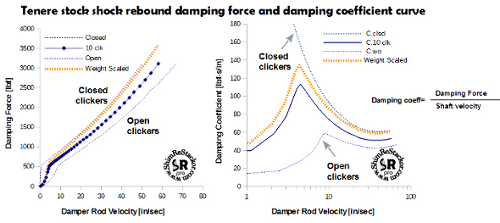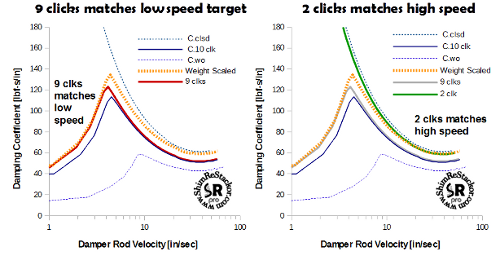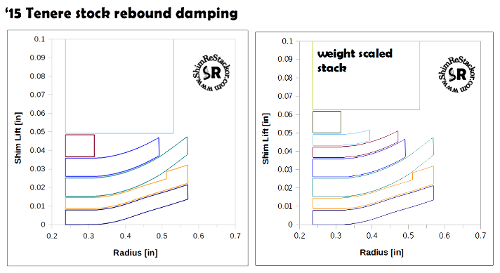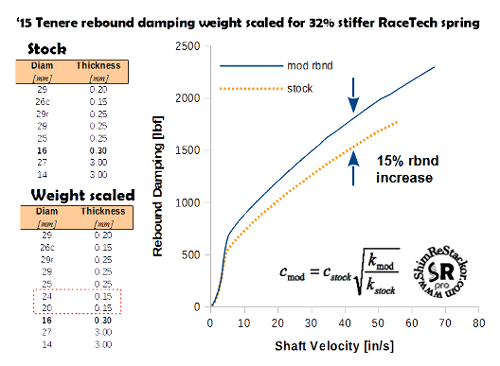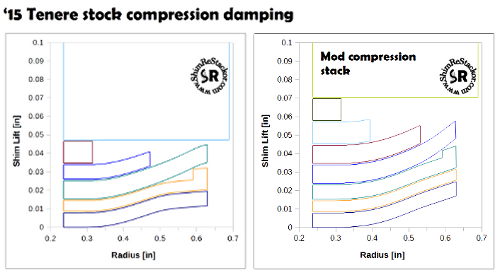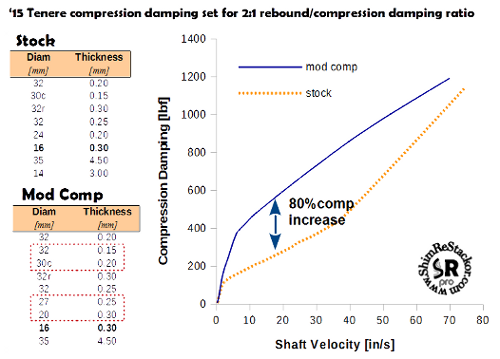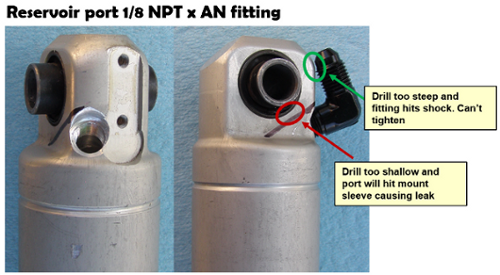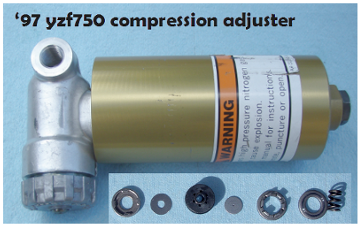Rockhopper
Member
I'm on the heavier side, weighing about 250-260 lbs without gear. I've had my S10 for a while now and have always wanted to get a better suspension setup for my bike as my understanding is that it is very undersprung for my weight.
In general terms, I'm looking at Racetech's general direction. They're relatively close to me and I really have no idea of sag, weight, etc. So I figured I'd just go to their shop and let them measure and build something for me that works.
After doing some research, I realized that I can easily go over $1000 if I want to replace springs and shock, so I've started to think about it a little bit more.
My bike has 12,000 miles on it and the main reason I want to do this is to stop the nose diving when breaking and to see if I can, for the fist time, try the miracle of custom suspension. I mostly ride by myself, but on occasion I do longer trips where I'm fully loaded. No pillion.
My knowledge of mechanical things is quite limited. I can do oil changes and other basic maintenance, but I'm not sure if I could take the bike apart and then put it back together. This, particularly, because I don't have a service manual and because I have very basic tools at my disposal.
So, given this context, my questions are:
1) Given my weight, should I aim to change shock too or start with springs and see how it goes and then upgrade the shock?
2) Is changing the springs something that I can do on my own? Is it easy enough to learn it with my limited mechanical knowledge?
3) Is RaceTech the direction I should be looking in? If it is easy to do with basic tools, should I order elsewhere?
Just looking to get some direction of what to do to get the outcome of better suspension on my bike.
In general terms, I'm looking at Racetech's general direction. They're relatively close to me and I really have no idea of sag, weight, etc. So I figured I'd just go to their shop and let them measure and build something for me that works.
After doing some research, I realized that I can easily go over $1000 if I want to replace springs and shock, so I've started to think about it a little bit more.
My bike has 12,000 miles on it and the main reason I want to do this is to stop the nose diving when breaking and to see if I can, for the fist time, try the miracle of custom suspension. I mostly ride by myself, but on occasion I do longer trips where I'm fully loaded. No pillion.
My knowledge of mechanical things is quite limited. I can do oil changes and other basic maintenance, but I'm not sure if I could take the bike apart and then put it back together. This, particularly, because I don't have a service manual and because I have very basic tools at my disposal.
So, given this context, my questions are:
1) Given my weight, should I aim to change shock too or start with springs and see how it goes and then upgrade the shock?
2) Is changing the springs something that I can do on my own? Is it easy enough to learn it with my limited mechanical knowledge?
3) Is RaceTech the direction I should be looking in? If it is easy to do with basic tools, should I order elsewhere?
Just looking to get some direction of what to do to get the outcome of better suspension on my bike.
